
Today is Veterans Day in the USA, a day set aside each year to reflect and give thanks to military veterans for their service to our country. Most of us don’t consider how our lives are impacted day-to-day by the military, but it turns out the military has a big influence on our world, including the very mountain bikes that we ride.
Riding Off Road
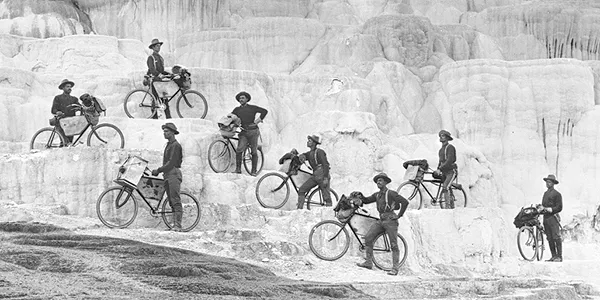
In the late 1800s, the US Army conducted a field test to see if moving troops by bicycle could be faster and less expensive than traveling by horse, particularly over mountainous terrain. The 25th Infantry Regiment, made up of African American soldiers known as the “Buffalo Soldiers,” set out to ride specially-outfitted bikes from Ft. Missoula, MT to St. Louis, MO, a distance of nearly 2,000 miles over largely dirt roads that ranged in condition from bad to worse, according to a reporter who covered the journey. The bikes themselves were made by A.G. Spalding and Co. According to HistoryNet.com,
The company was at the forefront of bicycle design. Built to Moss’ specifications to handle the rigors of the road, its military two-wheelers were fitted with steel rims, puncture-proof tires, reinforced forks and enclosed gear cases that protected the chains from dust and debris. Each bike weighed 32 pounds, riderless.
These soldiers, while not the first to do so (the Europeans had experimented with bicycle corps before), were effectively bikepacking more than 100 years before the term would even be coined. Not only that, they actually made good time, clocking 1,000 miles in the first 21 days, which included crossing the Rocky Mountains.
[see_also id=”769″][/see_also]
Second Lieutenant James A. Moss, the regiment’s leader, had some specific equipment recommendations following the group’s arrival in St. Louis, including mandatory brakes and a shock-absorber on the handlebars for added comfort. Ultimately the US Army decided against further tests and abandoned the idea of moving soldiers by bicycle, but that wouldn’t be the end of the military’s influence on today’s mountain bikes.
Coaster Brakes and the Cyclometer
According to Wikipedia, both the cyclometer and coaster brakes were military inventions that later spilled into the civilian market. The cyclometer was invented in 1895 and marketed by the Veeter Manufacturing Company. The military connection to the cyclometer isn’t clear, though one can imagine a cyclometer would be invaluable to the military for overland navigation and route finding. Not only that, today’s version of the cyclometer, the GPS unit, was also initially developed exclusively for military use.
The coaster brake was designed by Willard M. Farrow in 1898, which incidentally occurred shortly after the Buffalo Soldiers completed their successful ride. The coaster brake was lauded by the military for it’s virtually maintenance-free design and its ability to work well in wet or snowy conditions. The earliest mountain bikes utilized coaster brakes, though riders quickly found the brakes overheated on long, fast descents. In fact, the first ever mountain bike downhill time trial took place in 1976 on a fire road dubbed “Repack Road,” due to the fact that riders’ coaster brakes would need to be repacked with grease after each run.
Folding Bikes for Paratroopers

Paratroopers used bicycles in World War II for ground transportation once on terra firma, and the Italians were actually the first to use folding bicycles for military purposes. In 1997, the Montague Corporation received a grant from the US Defense Advanced Research Projects Agency (DARPA) to develop the “Tactical Electric No Signature (TENS)” mountain bike. The name DARPA should be familiar to anyone who is reading this, as they are the agency that build ARPANET, the precursor to the Internet you’re using right now.
At the time, DARPA was looking for a stealthy way to move troops and equipment without the noise or heat signature of a combustion engine, which enemies could easily detect. Montague responded to the challenge by creating a folding electric bike that when folded, could fit through the cargo door of a military aircraft. The bikes were designed to carry up to 500 pounds of cargo and featured wide, knobby tires, allowing them to traverse virtually any terrain.
Although the TENS mountain bike may not have been the first battery-powered mountain bike, it was certainly one of the earliest. Depending on how you look at it, we might have the military to thank or to blame for eMTBs today.
[see_also id=”3466″][/see_also]

Montague’s folding mechanism was also a big innovation thanks to its ease of use. As you can see in the promo video below, a simple flick of the frame’s quick release lever allows the bike to fold in half. Interest in folding mountain bikes actually seems to be increasing with the popularity of adventure travel, and even the rise of doomsday preppers. Yes, it turns out the Montague folding mountain bike makes the perfect addition to your bugout vehicle in case you need to bug out from your bugout due to a break down.
Montague has been selling a civilian, non-electric version of the TENS called the Paratrooper for several years now. The latest Paratrooper Elite features 27.5″ wheels, a RockShox Reba fork, XTR hydraulic disc brakes, and a 3×10 Shimano XTR drivetrain.
As you can tell, mountain bikes (and mountain bikers) have been influenced by the military throughout the years, from the earliest bikepackers to airborne electric mountain bikes. So on this Veteran’s Day, let’s salute both our vets and our mountain bikes!


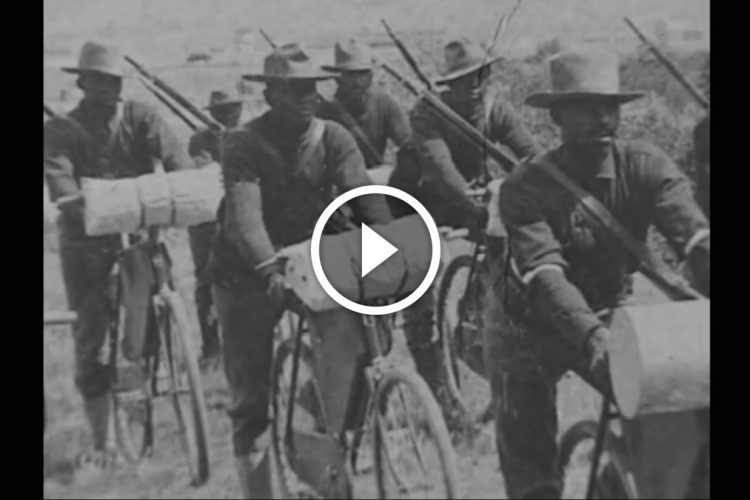
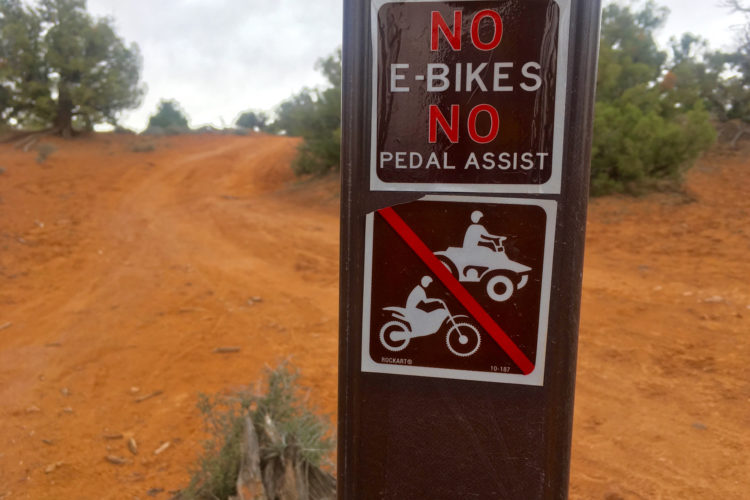

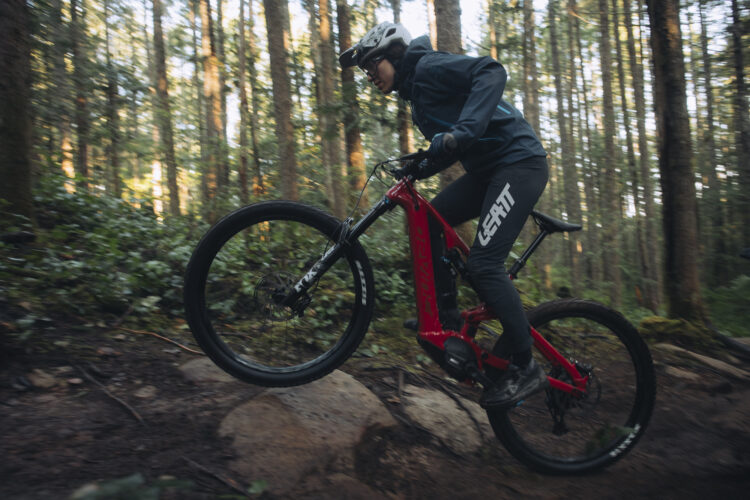
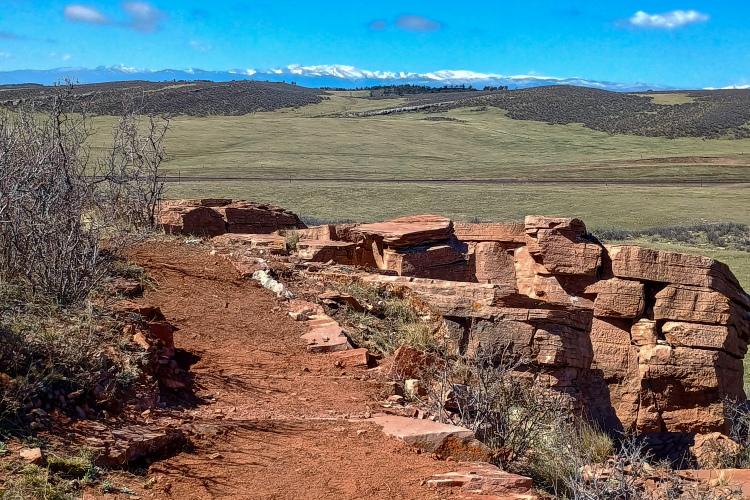
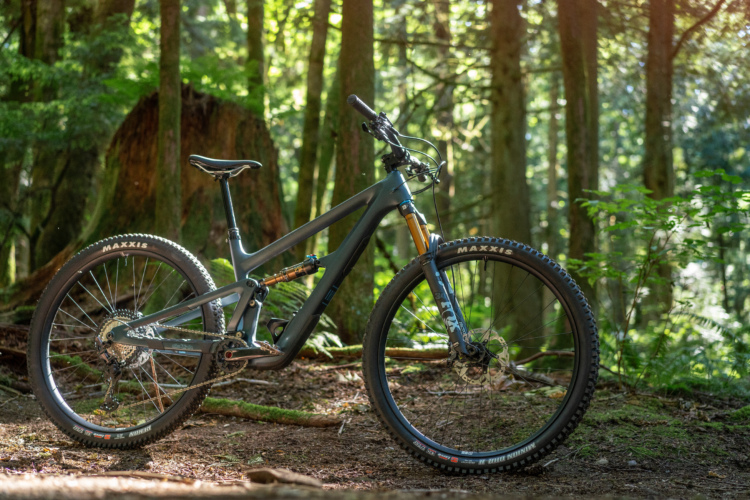



2 Comments
Nov 15, 2018
Nov 17, 2018
Great concept if you need a folding bike.